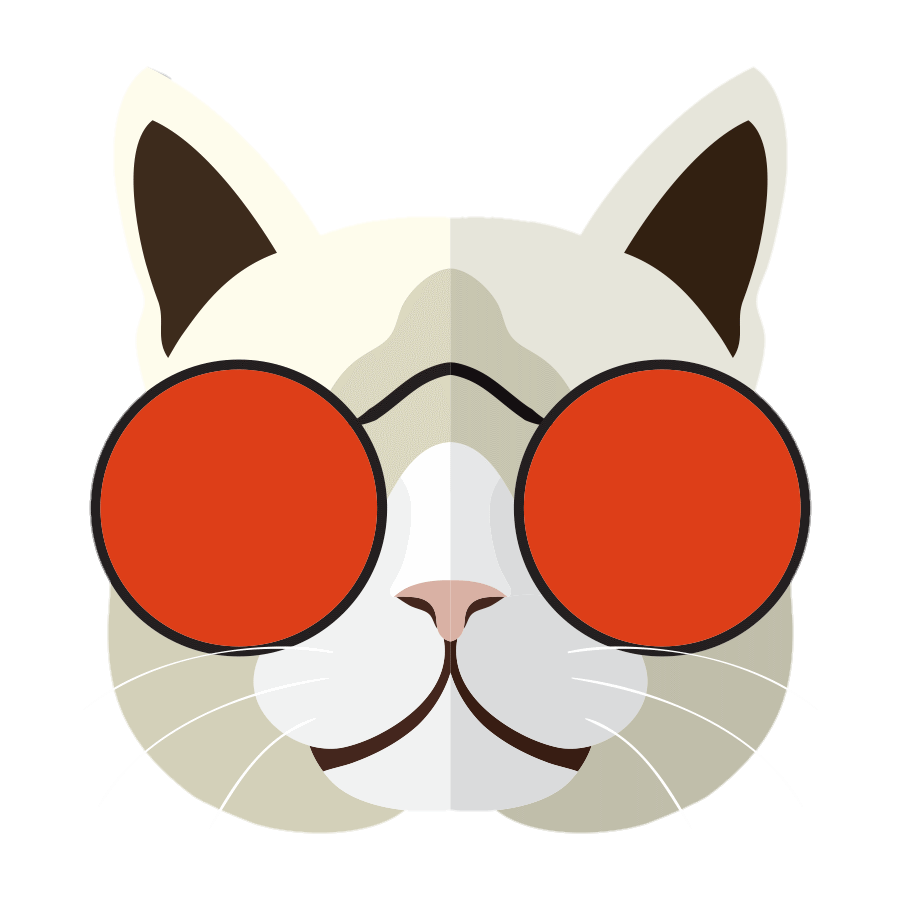Linus Torvalds, the Finnish engineer who in 1991 created the now ubiquitous Unix alternative Linux, didn’t buy into this dogma. Torvalds and others, including Microsoft’s Bill Gates, believed that the culture of open exchange among engineers could coexist with commerce, and that more-restrictive licenses could forge a path toward both financial sustainability and protections for software creators and users.
It’s kind of amazing that this article gets one thing right that most journalists don’t, which is that pushover licenses are more restrictive toward the software’s users than copyleft licenses, while simultaneously ignoring the fact that free software can be sold and the GNU Project actively encourages doing business with free software. However, I worry that by “more restrictive”, this article isn’t talking about passing on freedoms but instead talking about source-available licenses. I think this because it includes Bill Gates and Linus Torvalds in the same class, the former who was the CEO of a company that started the Shared Source Initiative, which was a source-available licensing program for Windows. Meanwhile, Linus Torvalds is a veteran of free software.
A little confusing, but I’ll give them the benefit of the doubt here. They’ve got the history right for the most part.
As the tech industry grew around private companies like Sun Microsystems, IBM, Microsoft, and Apple in the late ’90s and early ’00s, new open-source projects sprang up, and established ones grew roots. Apache emerged as an open-source web server in 1995. Red Hat, a company offering enterprise companies support for open-source software like Linux, went public in 1999. GitHub, a platform originally created to support version control for open-source projects, launched in 2008, the same year that Google released Android, the first open-source phone operating system.
I don’t understand why Github is being included in this list of “open source projects”. Github isn’t free software! It’s as proprietary as it gets. Gitlab, Gitea, or Sourcehut make more sense as they are actually free software projects. It’s a strange fact of life that the largest free software code forge is proprietary. I also think it does Apple a disservice by not mentioning the fact that Apple completely rebuilt its operating system on a free software BSD foundation in the late '90s, and then released parts of it as free software, like the XNU kernel, as well as CUPS, which I use today! Even as far back as the '90s, large private corporations like Apple were releasing both proprietary software and free software. Sun Microsystems of course was a much bigger free software contributor at the time.
All in all, I’m kind of confused by this paragraph. Is it trying to juxtapose “private companies” and “open-source”? Well, private companies just so happen to be the biggest contributors to the largest free software project today; the Linux kernel. Is it trying to say that private companies suddenly started releasing free software because of ‘open-source’? Why list companies that have made big contributions to free software without listing those contributions, then?
This is made even more confusing when it talks about Amazon relying on the free software Java language developed by Sun, trying to make the point that private companies relied on a blend of proprietary and free software components. It confuses things a bit more by introducing patents when it starts off talking about copyright, which can also be registered for free software.
Others, including Kelsey Hightower, are more sanguine about corporate involvement. “If a company only ends up just sharing, and nothing more, I think that should be celebrated,” he says. “Then if for the next two years you allow your paid employees to work on it, maintaining the bugs and issues, but then down the road it’s no longer a priority and you choose to step back, I think we should thank [the company] for those years of contributions.”
I agree very much with this. Red Hat’s many contributions to the freedesktop project come to mind.
There’s no singular definition, either. The Open Source Initiative (OSI) was founded in 1998 to steward the meaning of the phrase, but not all modern open-source projects adhere to the 10 specific criteria OSI laid out, and other definitions appear across communities.
I find this very troubling. The OSI applied for a trademark on “Open Source” in 1999 and were not granted it. They wanted to trademark the term so no one could twist “Open Source” into something it wasn’t (there’s a quote earlier in the article referring to “openwashing”), meaning they foresaw this. The Open Source Definition is very specific and if we start applying the term “open source” to source-available projects (or whatever else, like Brave Search’s “open” API), it loses all its meaning, and Windows suddenly becomes an open source operating system.
Here’s the Open Source Definition: https://opensource.org/osd/
Read it, know it, use it appropriately. It looks a lot like the Free Software Definition.
GitHub helped lower the barrier to entry, drawing wider contribution and spreading best practices such as community codes of conduct. But its success has also given a single platform vast influence over communities dedicated to decentralized collaboration.
Yes. That’s pretty scary.
While this volunteer spirit aligns with the original vision of free software as a commerce-free exchange of ideas,
…No, it was never like that. Since this article judiciously references our shared history, let’s talk about how Richard Stallman funded the GNU Project. Richard Stallman originally made his living off selling GNU Emacs (free software) on tapes to programmers so he could employ developers to work on parts of the GNU Project. Free software isn’t about not making money. Linus Torvalds, in fact, is the guy that originally didn’t want to make money from software! He originally released Linux under a restrictive license that prevented anyone from making any money from Linux. The GNU Project celebrated the kernel when Linus released it under a free license that allowed commercial exploitation—specifically, the GNU General Public License (V2).
But allowing anyone to use, modify, and distribute AI models and technology could accelerate their misuse.
This isn’t new. The GNU Project has a page about why software must not restrict people from running it. The entire point of free software is that no one is at the mercy of the developers and their ethics. Personally, I don’t trust OpenAI to know what is good for me.
LLaMA 2, a new model released in July, is fully open to the public, but the company has not disclosed its training data as is typical in open-source projects—putting it somewhere in between open and closed by some definitions, but decidedly not open by OSI’s.
This demonstrates why the Open Source Definition is important and canonical.
Overall, I’d say this article actually rates better than most articles I’ve seen written about free software in terms of accuracy and history. It makes some good points about funding. The article also includes voices from very relevant people in the free software / open source space, which is good.
FYI on CUPS, Apple hired the dev and bought the code in 2007. He left Apple in 2019 and actually forked CUPS. My system it is running OpenPrinting CUPS and not the Apple one. It is still nice that they share its code it just got a little more complicated in the past few years.
Well, so much for me having the right side of history 🙂
Thanks for the correction! I had a proper look at the CUPS page on Wikipedia and it’s as you say:
Michael Sweet, who owned Easy Software Products, started developing CUPS in 1997 and the first public betas appeared in 1999.[5][6] The original design of CUPS used the Line Printer Daemon protocol (LPD), but due to limitations in LPD and vendor incompatibilities, the Internet Printing Protocol (IPP) was chosen instead. CUPS was initially called “The Common UNIX Printing System”. This name was shortened to just “CUPS” beginning with CUPS 1.4 due to legal concerns with the UNIX trademark.[7] CUPS was quickly adopted as the default printing system for most Linux distributions. In March 2002, Apple Inc. adopted CUPS as the printing system for Mac OS X 10.2.[8] In February 2007, Apple Inc. hired chief developer Michael Sweet and purchased the CUPS source code.[9] On December 20, 2019, Michael Sweet announced on his blog that he had left Apple.[10][11] In 2020, the OpenPrinting organization forked the project, with Michael Sweet continuing work on it.[12][13]
This is kind of counter to the point I was making, so thanks for bringing it up. Apple still released some of their software under a free license back then, but without CUPS, it’s nowhere near as significant. I guess it’s worth mentioning that Apple forked KHTML from KDE as Webkit and continues to develop and maintain that browser engine today. However, Safari is not free software. Webkit is free software because KHTML was released under the LGPL, which prevents derivative software from developing it under a proprietary license.
Although, Apple’s own contributions and “any further contributions” are available under the BSD 2-Clause license: https://webkit.org/licensing-webkit/
Which kind of contradicts what I’ve read on the Wikipedia page where it says certain parts of the browser are licensed under LGPL and others are licensed under the BSD license…
I have no idea how it ended up that way, but there’s this announcement: https://docs.webkit.org/Other/Licensing.html
GitHub helped lower the barrier to entry, drawing wider contribution and spreading best practices such as community codes of conduct. But its success has also given a single platform vast influence over communities dedicated to decentralized collaboration.
Yes. That’s pretty scary.
Yeah it is scary. Since code is speech, where it’s stored should be censorship resistant, and github ain’t it.
How can the term “Open Source” have been coined in 1998 when I can clearly hear it be uttered here in 1985? https://youtu.be/0DdoGPav3fc?t=832
The modern definition we use today was cemented in 1998, along with the foundation of the Open Source Initiative. The term was used before this, but did not have a single well-defined definition. What we might call Open Source today, was mostly known as “free software” prior to 1998, amongst many other terms (sourceware, freely distributable software, etc.).
Listen again to your 1985 example. You’re not hearing exactly what you think you’re hearing. Note that in your video example the phrase used is not “Open-Source code” as we would use today, with all its modern connotations (that’s your modern ears attributing modern meaning back into the past), but simply “open source-code” - as in “source code that is open”.
In 1985 that didn’t necessarily imply anything specific about copyright, licensing, or philosophy. Today it carries with it a more concrete definition and cultural baggage, which it is not necessarily appropriate to apply to past statements.
“coined” only means they popularized the term.
But in reality it means created/invented so the point is valid.
Here is an alternative Piped link(s): https://piped.video/0DdoGPav3fc?t=832
Piped is a privacy-respecting open-source alternative frontend to YouTube.
I’m open-source, check me out at GitHub.








